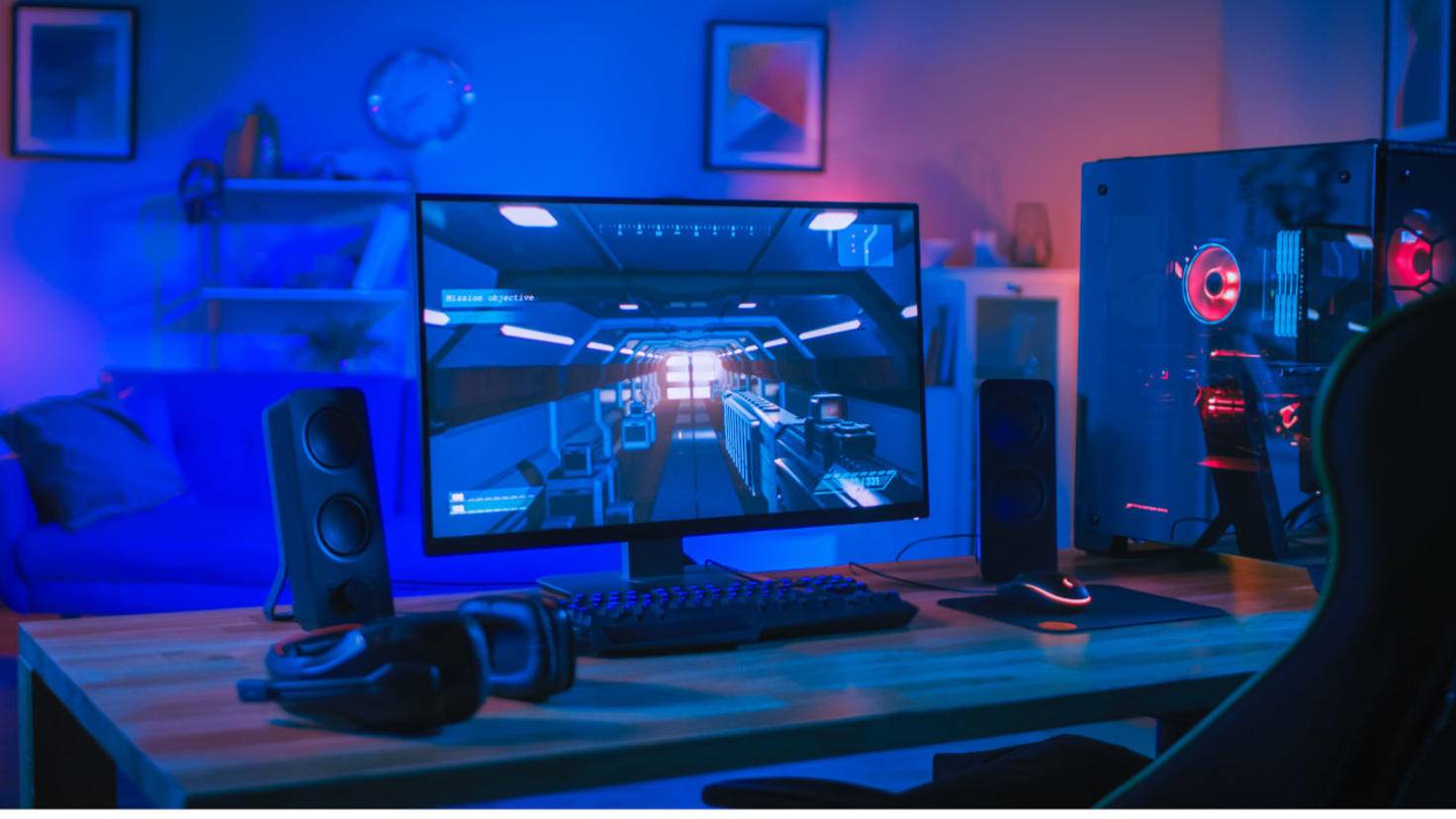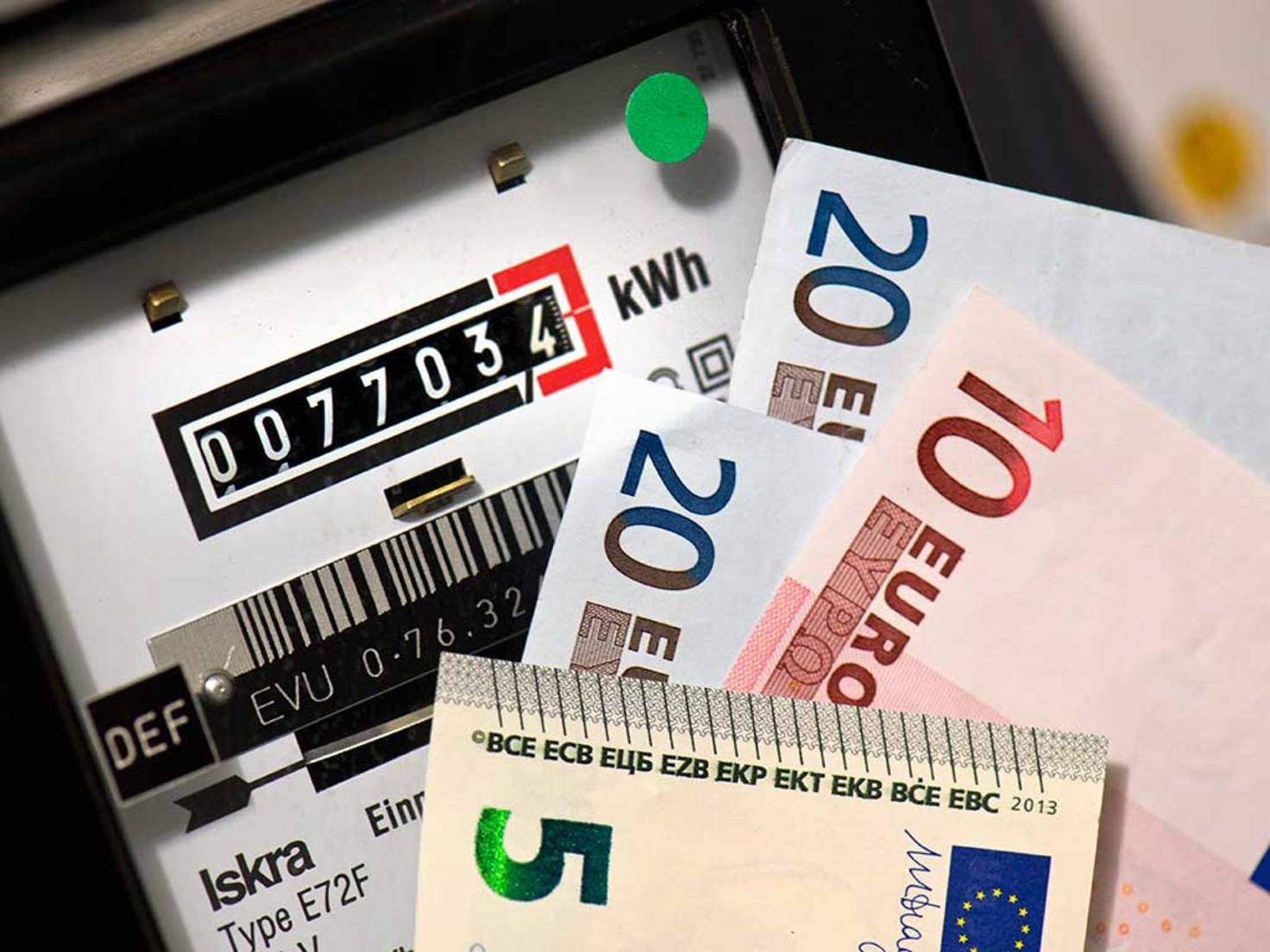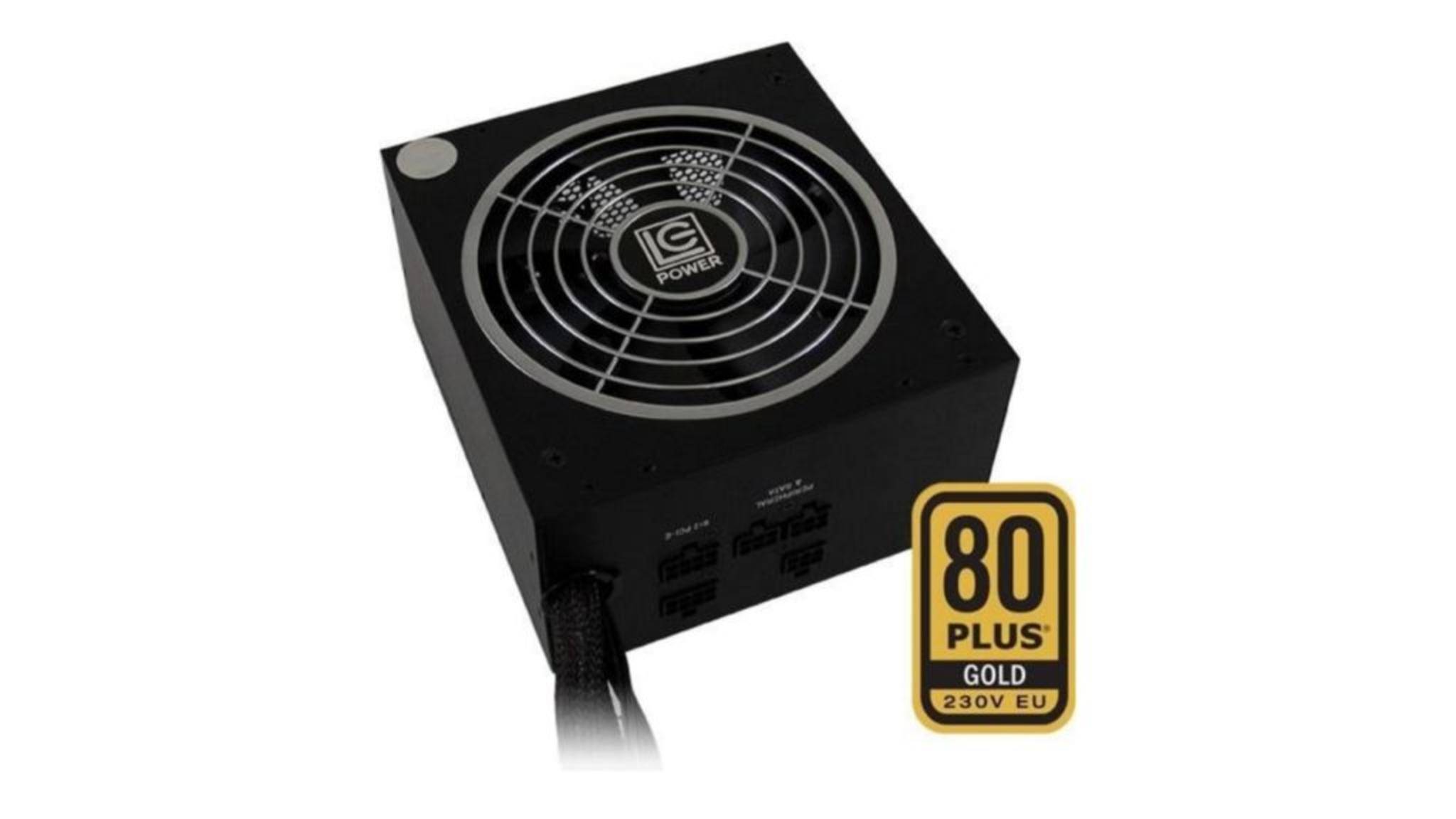PC Power Consumption: Tips to Calculate, Measure & Reduce

Electricity prices are rising – and with them the strain on your wallet. Computers in particular can be power guzzlers. You can find out here how to measure the power consumption of your PC and how to reduce it.
Calculate PC Power Consumption: Basics
Your computer’s power consumption depends on what you use it for. If you only use it for work (office, surfing the web, etc.), its consumption is lower than with performance-hungry applications, such as graphics-intensive games or image and video editing.
There are two reasons for this: On the one hand, Office applications are not as complex to display as games or videos – they generally require less performance. On the other hand, PCs that you can use to gamble or edit images and videos are usually equipped with more powerful hardware, such as a faster processor and a separate graphics card. These components also require more cooling than the inner workings of a standard PC. All of this causes the power consumption to skyrocket.
A gaming PC consumes more power than a simple office computer.
Image: © Adobe Stock/Gorodenkoff 2022
Save electricity with compact devices
Laptops and notebooks use less energy than large desktop PCs. So if you want to buy a new device, grab the compact computers if you want to save electricity.
In the following, we assume a PC that you use to do your work for school, university or your job. It has an average processor and an onboard graphics card.
In order for such a PC to function properly, it needs a power supply unit with up to 300 watts. This is the upper limit of the performance that your PC can absorb. However, since the computer does not always run under full load, the average power consumption of your computer is lower. You can read below how to determine this value.
How do I calculate the power consumption of my PC?
To calculate the average power consumption of your PC, first add up the average power consumption of all components in your PC. Most important for power consumption are:
- processor
- motherboard
- cooling
- Drives (if you use them frequently)
In gaming PCs and computers for image and video editing, the separate (dedicated) graphics card is one of the main power consumers.
You can see the power consumption of these PC components on the manufacturers’ websites or in the PC manual. You can find detailed information on the models of the individual components under Windows, for example in the device manager.
If you have added up the power consumption of all PC components, you estimate how many hours you work with the computer every day. Then it’s time to calculate the total power consumption of your PC.
Let’s say the components of your PC consume a total of 135 watts per hour and you work an average of four hours a day. That would be 540 watts per day. If you extrapolate this over a year, this results in an average PC power consumption of 197,100 watt hours or 197.1 kilowatt hours (kWh) per year.
The bill at a glance:
Power consumption of all PC components × average usage time per day × 365 = annual power consumption of your PC
You then have to multiply this value by the electricity price per kWh – and you already have an idea of how much money the electricity for your PC costs you per year. As an example: In the first half of 2022, the electricity price was around 40 cents per kWh. For our example calculator, this means that it generates electricity costs of almost 80 euros in one year.
Gaming PCs consume (sometimes significantly) more power because the components have a higher power consumption. An energy requirement of over 350 watts is not uncommon here.

Saving electricity not only protects the environment, but also your wallet.
Image: © dpa 2015
Reading out the power consumption of the computer with programs: useful?
Several years ago, Microsoft released a tool for reading the power requirements of various PC components: the Microsoft Joulemeter. However, further development of the tool was discontinued. We therefore recommend that you stop using it.
Microsoft has now added a function to the task manager that displays the power consumption of individual apps and programs. However, the program only gives the values in very general terms, such as “low” or “high”. You cannot use this to measure the power consumption precisely. However, the information at least helps to identify power guzzlers and to close them if necessary.
Read out PC power consumption: evaluation at the socket
If you want to measure the power consumption of your PC precisely, you can use a Get a power meter for the socket. Don’t forget, however, that the peripherals of your computer (i.e. monitor, printer, etc.) also consume electricity. For the most accurate calculation of power consumption, you should include these components in the calculation.
Reducing the power consumption of the PC: Here’s how
There are several ways to reduce the power consumption of your PC:
Under Windows you can select different energy saving plans. There you can set, for example, that your PC switches off the screen earlier when it is inactive. You can also define the time after which the energy saving mode is activated. This allows you to save electricity, especially if you only use your PC sporadically.
Whether Windows, macOS or Linux – with this measure you are guaranteed to save electricity: Switch off your PC and all connected devices when you are not using them. So pull the plug. You can make it particularly easy for yourself with a multiple socket with an on/off switch: connect all devices there and switch off the strip when you are not using the PC. This also prevents the devices from consuming electricity unnecessarily in stand-by.

The “80Plus” label helps you to identify energy-efficient power supplies.
Image: © LC Power 2017
In addition, you should pay attention to the energy efficiency of your PC power supply, more precisely to the efficiency. It is given as a percentage. In general, the following applies: the higher the efficiency, the better the energy efficiency of the power supply unit.
The marking “80Plus” helps you to choose an efficient power supply. It is divided into several stages:
- “80Plus Bronze”: Efficiency of at least 80 percent
- “80Plus Silver”: Efficiency between 85 and 90 percent
- “80Plus Gold”: Efficiency between 90 and 92 percent
- “80 Plus Platinum”: Efficiency between 90 and 94 percent
- “80Plus Titanium”: Efficiency between 90 and 96 percent
The higher the efficiency of the power supply, the more power you can save with your PC.
You can also reduce the power consumption of your PC with the right storage media. For example, due to their construction, SSDs are less susceptible to faults and have a significantly longer service life than HDDs (hard disks). In addition, the power consumption of SSDs is lower than that of HDDs.
summary
- An office PC uses less power than a gaming PC because the components of the gaming computer require more power.
- Laptops and other mobile devices use less power than desktop computers.
- You can calculate the average power consumption of your PC with a simple formula.
- The task manager shows the energy consumption of individual apps and programs. This is how you identify power guzzlers and turn them off.
- With a power meter for the socket, you can measure the power consumption of your PC. However, peripheral devices must also be included in the calculation.
- To reduce the power consumption of your PC, you can use the energy saving plans under Windows.
- It is also advisable to completely disconnect devices from the power supply when you are not using them, to use an efficient power supply and to work with SSDs instead of HDDs.
Reference-www.turn-on.de
